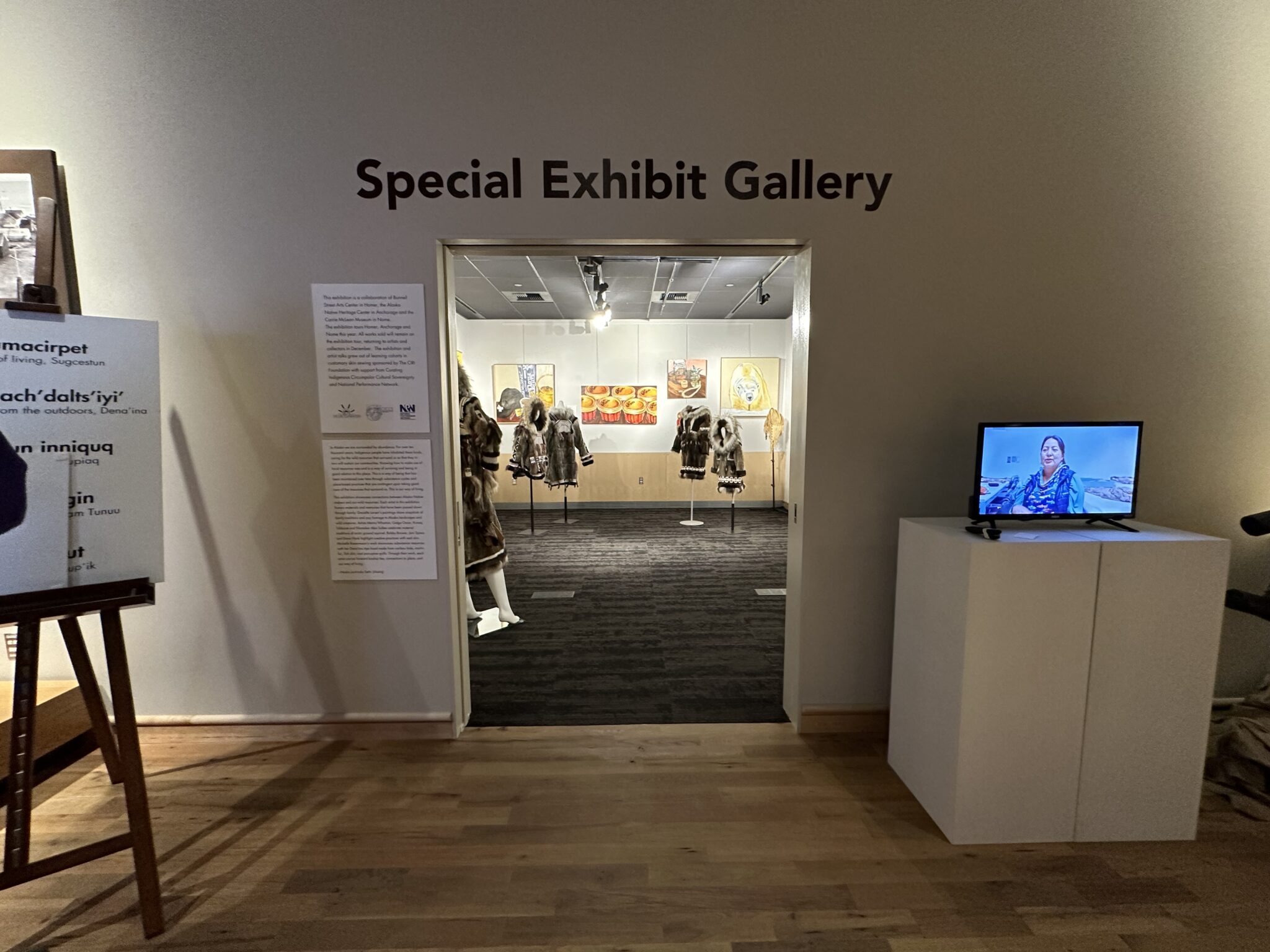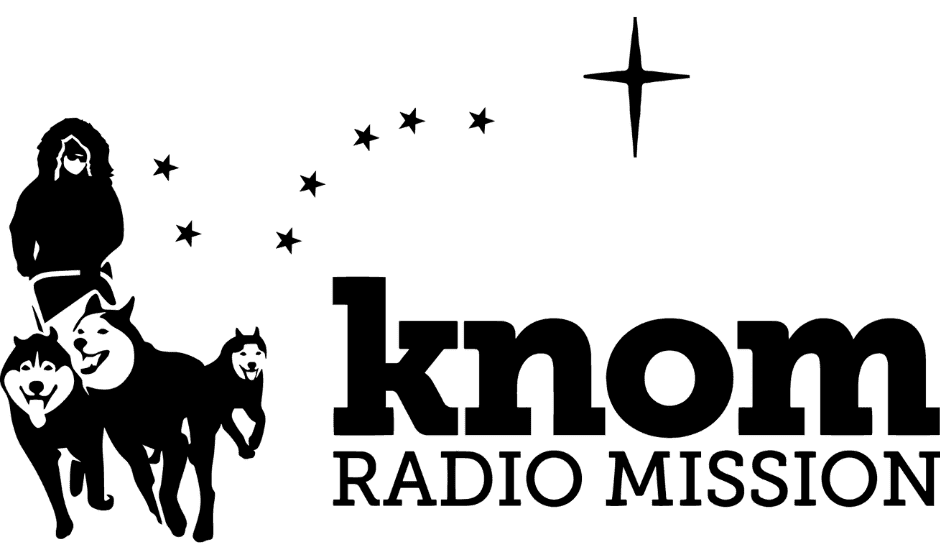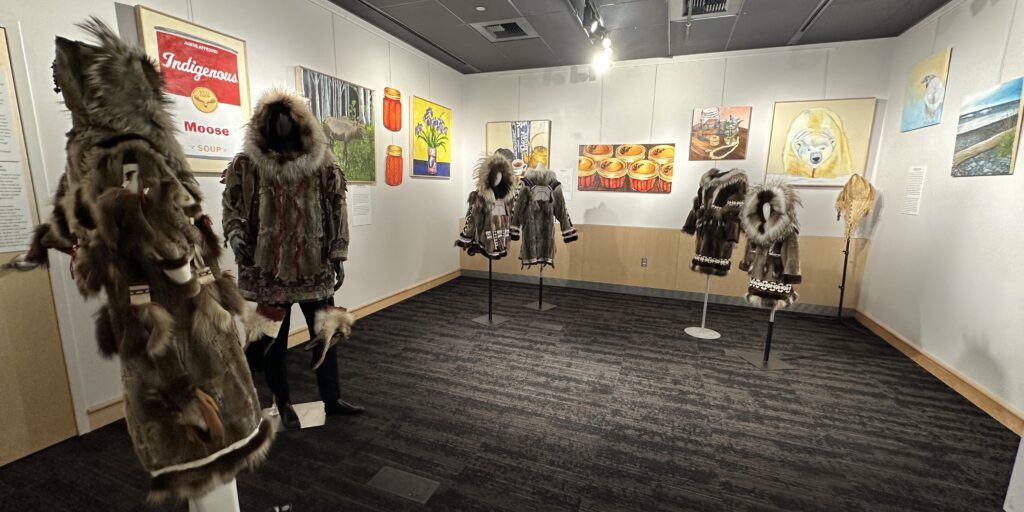The Katirvik Cultural Center in Nome is debuting a new exhibit Thursday, celebrating Alaska Native artistry and the deep connection between traditional makers and the land.
The exhibit, called Uagut Inuusivut ~ Yuuyaraput, or “Our Way of Life” in Inupiaq and Yup’ik is a collaboration between the Katirvik Center and the Carrie McLain Memorial Museum.
The exhibit showcases the work of artists from across Alaska who use natural materials—such as ground squirrel, seal skin, and fish skin—to craft intricate and culturally significant items.
Kunaq Tahbone, is the director of the Katirvik Cultural Center and one of the featured artists. She explained that the exhibit celebrates these materials that have been gathered and used for generations, creating a bridge between past and present.
“I feel a deep connection to the parkas that I created because some of the furs were passed down from generations, I just feel that thread of connection through our ancestors. And also just working on this raw material, it's tedious, but it's all a great feeling to be able to work with your hands and create something that's now a family heirloom that'll be passed down for generations to generations.”
- Kunaq Tahbone, Director of the Katirvik Cultural Center
The exhibit also features work from native artists Danielle Larsen, Merna Wharton, Golga Oscar, Joni Earp, Bobby Brower, Dana Hank, and Michelle Ravenmoon. Their contributions range from traditional garments to paintings.
Tahbone described the collaboration with other artists as “powerful,” allowing them to share techniques and stories rooted in their respective local traditions.
The grand opening of the exhibit includes a series of workshops. Wednesday night, Joni Earp led a class on seal skin bowties. Friday afternoon, Merna Wharton will show how to skin and prepare sriksrik, or squirrel hide, for tanning. Yup’ik bag maker Golga Oscar will also lead two classes, one each on Friday and Saturday.

The grand opening Thursday, October 10 at 7 p.m. in the Richard Foster Building will feature an artist talk, traditional foods, and a Q&A session. The exhibit will be open to the public until the end of November, offering ample opportunity to view the intricate works on display, but spots for the remaining workshops are filling up fast.




